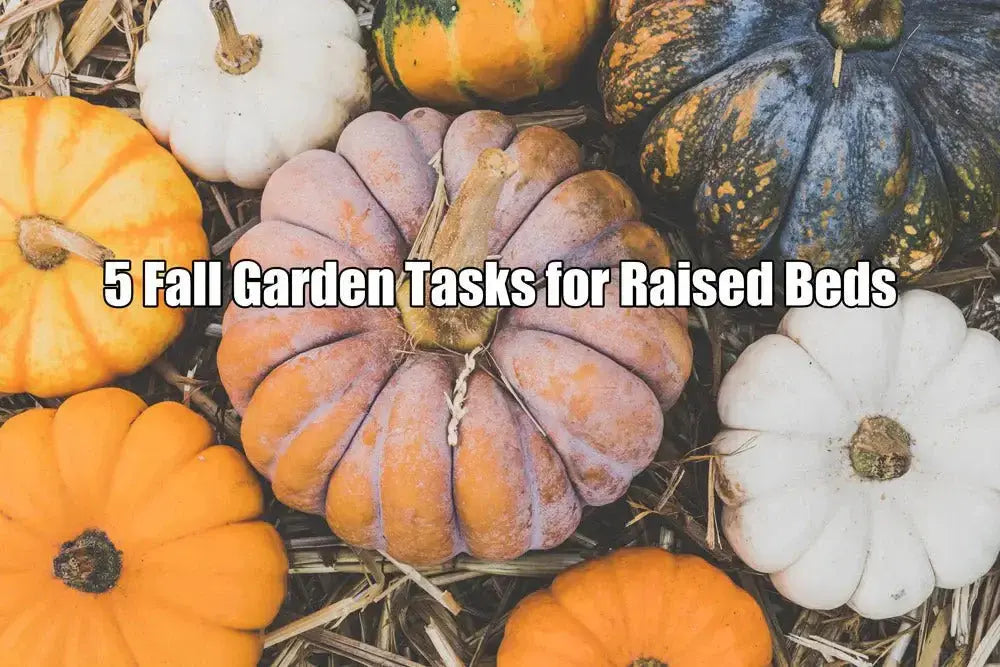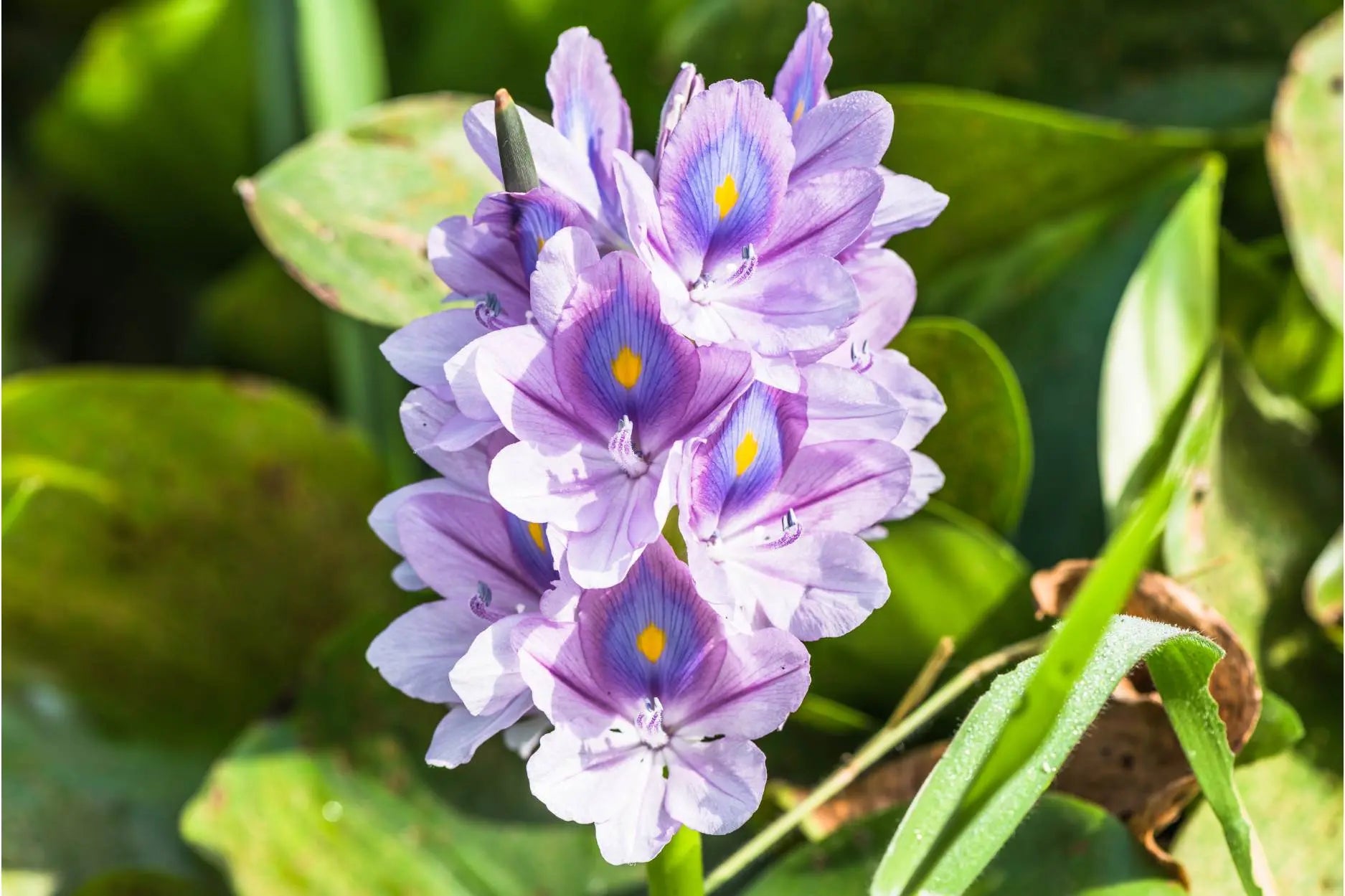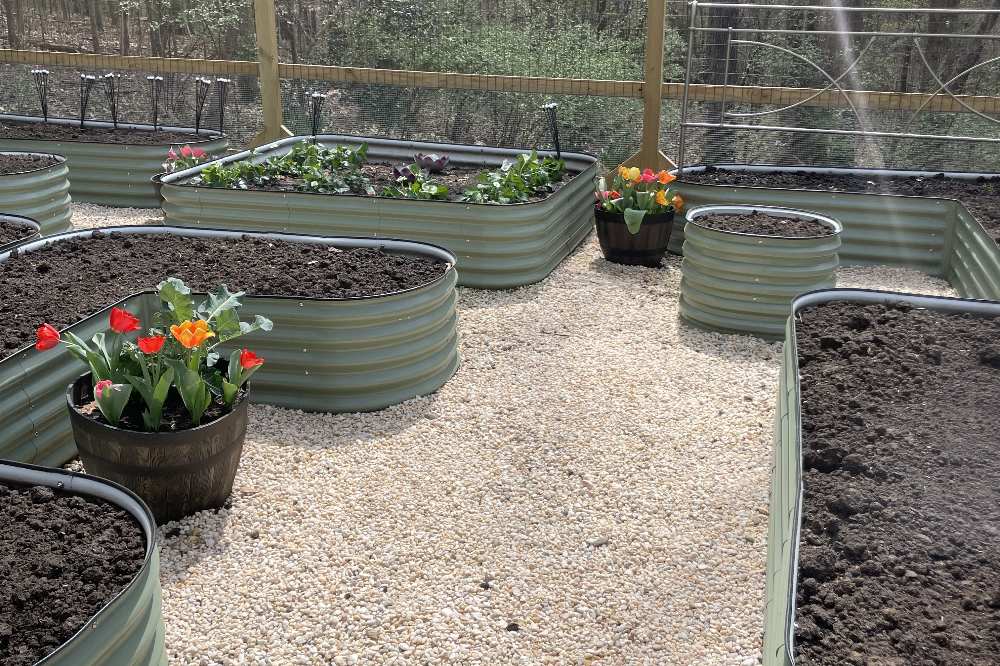Vegega Garden
August 26th, 2025
How to Get Rid of Mushrooms In The Yard
Get Rid of Mushrooms In The Raised Beds/ Lawns
You walk out into the yard, hot coffee in hand, only to spot those little mushrooms all around. At first, they might seem harmless, maybe even cute. But pretty soon, we’re asking ourselves - why are there mushrooms growing in your planters, metal raised beds, all around the yard?
And more importantly, how to get rid of them?
That’s why our topic for today is all about mushrooms in the yard – why they appear, whether they’re dangerous, and how to deal with them once and for all.
⬇️Click and Jump to section
- Why Do Mushrooms Grow in My Yard?
- Are Mushrooms in the Lawn a Bad Thing?
- Poisonous Lawn Mushroom Types to Watch Out For
- Why Are Mushrooms Growing in My Yard After Rain?
- What Are Those White Mushrooms in Yard Spaces?
- How to Get Rid of Mushrooms in Yard (Step-by-Step)
- Prevent Future Mushroom Growth
Listen to This Blog
Why Do Mushrooms Grow in My Yard?

Before we talk about how to eliminate them, let’s get to the root of the issue (pun intended). Why do mushrooms grow in your yard, anyway? Well, mushrooms thrive in damp, shady areas where organic matter breaks down. That includes things like:
- Decaying tree roots
- Lawn thatch
- Animal waste
- Mulch or compost
- Overwatered soil
In short, if your yard has a rich, moist environment with something to decompose, fungi will feel right at home. And when the conditions are just right (usually after a stretch of rain or overwatering), the mushrooms sprout.
Are Mushrooms in the Lawn a Bad Thing?

Technically, mushrooms in lawn areas aren’t bad for the soil. In fact, fungi help break down organic material and return nutrients to the ground. But that doesn’t mean you should let them take over your yard.
There are a few good reasons to take action – check them out below:
- Some mushrooms are toxic to pets and kids
- Clusters of mushrooms can look unsightly in well-manicured lawns
- Their presence might point to underlying yard health issues (poor drainage, dead tree roots, etc)
Poisonous Lawn Mushroom Types to Watch Out For

Let’s talk about safety. Not all mushrooms are dangerous, but some can be toxic. If you have pets or small children, you need to know how to recognize poisonous lawn mushroom types.
Here are a few common ones:
- Amanita species - These often have white caps and stems with a skirt or ring. Some types are extremely toxic, even deadly.
- Lepiota - Small and white, these often look harmless but can cause severe gastrointestinal distress if ingested.
- Galerina - Often brownish or orange, these mushrooms grow in mulched areas or on rotting wood. Many contain deadly toxins.
- Variety Choice – Some sweet corn types mature faster than others; super-sweet hybrids often have specific harvest windows.
- By managing these factors—many of which are easier to control in metal raised garden beds—you can better predict and ensure an ideal harvest time.
Tip: We always recommend you wear gloves when you remove the mushrooms. Also, don’t let children or pets near any of them.
Why Are Mushrooms Growing in My Yard After Rain?

Rain is one of the biggest triggers for mushroom growth. That extra moisture wakes up the fungi underground, and within a day or two, those mushrooms can pop up like magic. If your yard has poor drainage or gets watered too frequently, mushrooms may stick around longer than you’d like.
So, try to improve how water moves through your lawn. It is a great first step to reducing mushroom in the yard.
What Are Those White Mushrooms in Yard Spaces?
The most common type we see is those white mushrooms in yard spots, sometimes forming a fairy ring. Some are harmless, but a few types can cause an upset stomach. They might look cute in a whimsical, garden-gnome sort of way, but again, if you’ve got kids or pets, it’s best not to take chances.
How to Get Rid of Mushrooms in Yard (Step-by-Step)

Now let’s talk solutions. Here’s our go-to process for getting rid of mushrooms in lawn spaces, while also addressing the root causes.
- Remove Existing Mushrooms - Start by pulling up the mushrooms as soon as you see them. Be sure to: Wear gloves; Place them in a sealed bag before throwing them in the trash; Avoid adding them to compost. This won’t stop the fungi underground, but will prevent the mushrooms from spreading spores and producing more.
- Dethatch the Lawn - A thick layer of thatch (dead grass and roots) can trap moisture and feed fungi. Use a dethatching rake or a machine to break up this layer and give your soil more breathing room.
- Aerate the Soil - Compacted soil holds water, and mushrooms love moisture. Core aeration (pulling plugs out of the soil) helps improve drainage and oxygen flow. This not only reduces mushrooms but also benefits your grass.
- Adjust Watering Practices - Overwatering is a huge contributor to mushrooms in yard areas. Here’s what we recommend. Water early in the morning, so the lawn has time to dry out. Cut back on frequency - your lawn only needs 1-1.5 inches of water per week. Finally, fix any leaky sprinklers or drainage issues.
- Address Organic Debris - If your yard has buried tree roots, leftover stumps, or a layer of mulch that’s breaking down, that organic matter could be feeding the fungi. You may need to: Grind out old stumps; Remove or replace soggy mulch; Rake out leaves regularly; Natural Fungicides and Lawn Treatments
We don’t like to go heavy on the chemicals unless absolutely necessary. But if you’re looking for a gentler option, some people have had success with baking soda solutions and vinegar sprays. If all else fails, a fungicide labeled for lawns can be used - but always read the label carefully and follow application instructions.
Prevent Future Mushroom Growth
Getting rid of mushrooms in the lawn is only half the battle. Keeping them away for good means creating an environment where fungi don’t want to live. Here’s how:
- Keep your lawn well-aerated and dethatched
- Improve drainage if water tends to pool
- Remove rotting wood, mulch, or animal waste quickly
- Mow the grass regularly (and avoid overwatering)
- A healthy lawn with good airflow and minimal organic decay is your best defence.
Recommended Raised Beds for Fall Crops
Conclusion
So there you have it, our complete guide to dealing with mushrooms in the yard. We’ve all been there, and we’ve fought back - with rakes, gloves, and a whole lot of mulch management. All you need to do is make a few simple changes to your lawn care routine, and your yard will look amazing! Check out our other blogs for more garden info!



